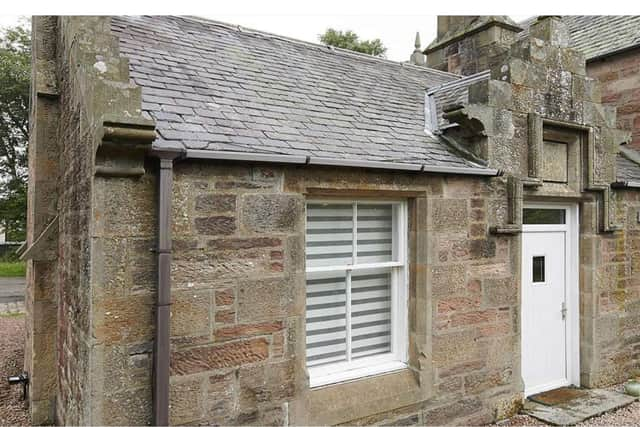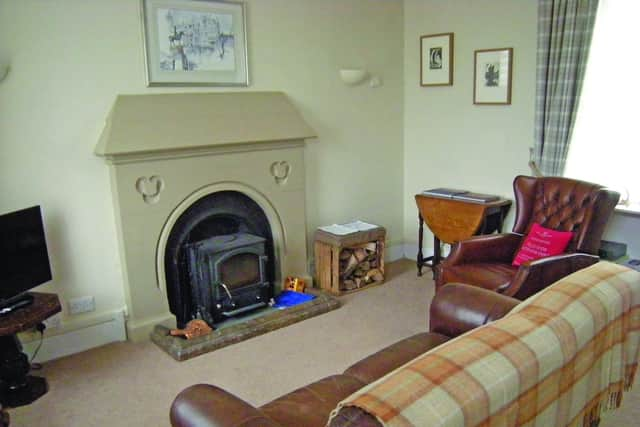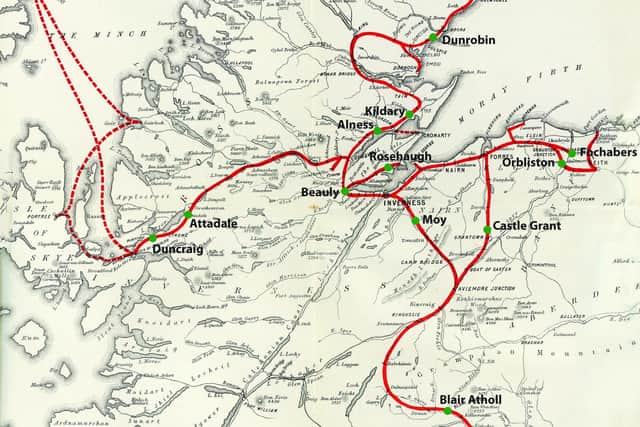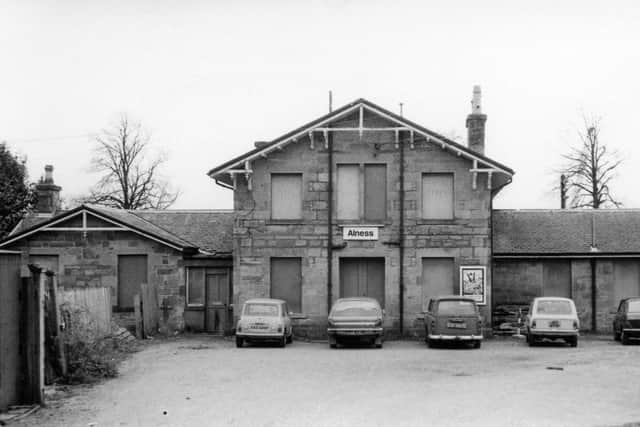Lea & Perrins Worcestershire Sauce scion among Highland lairds given railway station private waiting rooms
The exclusive enclaves are chronicled in a new book published by the Highland Railway Society.
While many are long gone, some have been converted into private homes, such as at disused Moy Station, south of Inverness, while one has become holiday accommodation.
Advertisement
Hide AdAdvertisement
Hide AdIn Lairds-in-Waiting, Anne-Mary Paterson related that the Perrins hired an entire train to transport their family, guests and servants from their home in Malvern for long summer holidays at Ardross Castle, near Alness in Easter Ross.


Mrs Paterson wrote: “Alness Station had a siding and goods shed, so presumably the Perrins’ staff unloaded the holiday stuff there after the family alighted on the platform and retreated into their waiting room, maybe to be greeted by the estate factor.”
The station building has since been demolished, but Dyson Perrins, the grandson of the co-inventor of the sauce, who bought the estate in 1898, built the Alness Club in the town as a community building, which is now the Perrins Centre.
At Beauly Station, west of Inverness, a private waiting room built by the Highland Railway for Simon, 15th Lord Lovat, is now self-catering accommodation, complete with “a small garden area for sitting out and watching the occasional train go by”.
The laird of nearby Beaufort Castle was a director of the railway company.


Station building owner Jane Cumming said: “A lot of people who stay with us here come because of the railway and their interest in it.
"Trains have such an appeal for people.
"The current Lord Lovat came round to see it last year.”
Elsewhere, Mrs Paterson recalled seeing the Duke of Atholl at Blair Atholl Station, where his ancestor, a railway director, was given a waiting room in the 1860s, and which continued in use until being pulled down in 1963.


She said: “When I worked in Edinburgh, I often went home to Beauly at the weekend. On my return journey on Sunday, when the train stopped at Blair Atholl, the Duke was often on the platform, bidding farewell to his weekend guests.”
Advertisement
Hide AdAdvertisement
Hide AdRailway historian David Spaven, whose books include Highland Survivor – The Story of the Far North Line, which Alness and Beauly stations are on, said: “Victorian landowners invested in the construction of rural railways not so much for direct profit – that was a dubious prospect even in the pre-car and bus era – but rather to help open up their estates to development.
"Providing private waiting rooms was a small price for the railway companies to pay – and fortunately we’ve been bequeathed a few delightful survivors.”


Fellow rail historian Ann Glen said: “The lairds as landowners had mostly a positive view about railways.
"Such routes would bring economic and social benefits that were welcome.
"Many were prepared to take shares in the ‘start up’ companies as compensation for land instead of money."
But Ian Budd, convener of the Friends of the Far North Line, said: “Landowners' reluctance to allow railways on or near their property was the cause of much unnecessary expense and inconvenience, so I find it difficult to look upon their special treatment with much pleasure.”
A message from the Editor:
Thank you for reading this article. We're more reliant on your support than ever as the shift in consumer habits brought about by coronavirus impacts our advertisers.
If you haven't already, please consider supporting our trusted, fact-checked journalism by taking out a digital subscription.
Comments
Want to join the conversation? Please or to comment on this article.
